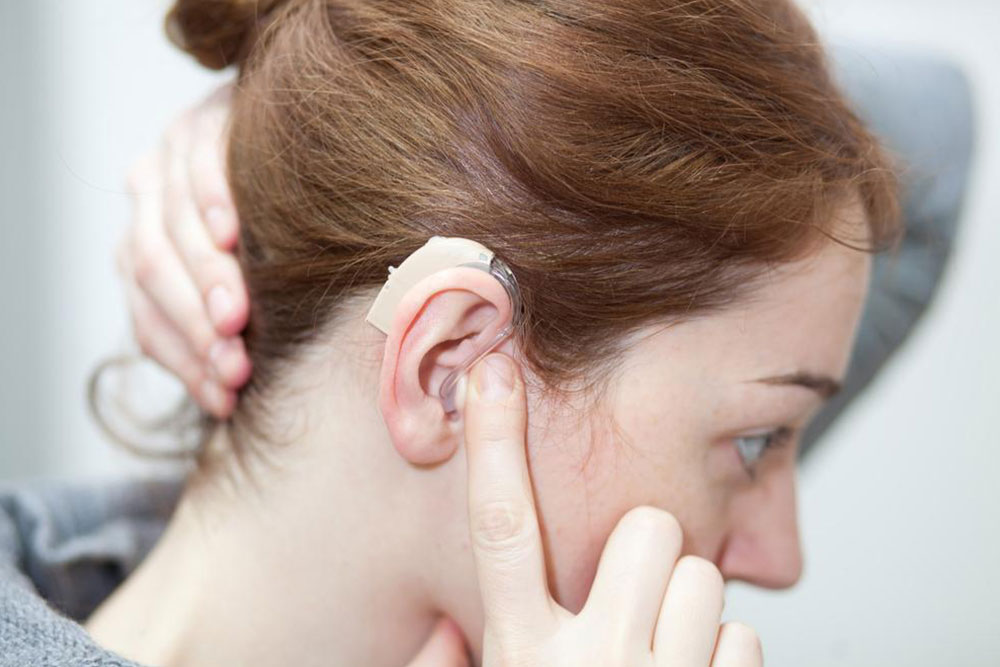Comprehensive Overview of Common Causes of Hearing Loss and Impairment
This comprehensive guide explores the common causes of hearing impairment, detailing how structural issues, infections, noise exposure, and aging can damage different parts of the ear. Understanding these factors empowers individuals to take preventive measures, seek early diagnosis, and explore effective treatments to preserve their hearing health. The article emphasizes the importance of ear hygiene, safe practices, and timely medical intervention to minimize irreversible damage and improve quality of life.

An In-Depth Look into the Common Causes of Hearing Loss and Impairment
Understanding the various causes of hearing impairment requires a thorough comprehension of the complex functions of the human ear. The human ear is an intricate organ divided into three main parts: the outer ear, middle ear, and inner ear. Each segment has specific roles in the process of hearing, and damage or dysfunction in any of these parts can lead to varying degrees of hearing loss. Recognizing these causes is crucial for early diagnosis, effective treatment, and preventive measures to protect one's hearing health.
The cochlea, a spiral-shaped structure in the inner ear, is vital for converting mechanical vibrations into electrical signals that your brain interprets as sound. Damage to any component within this delicate system can significantly impair hearing capabilities. The causes of hearing loss are diverse, ranging from structural abnormalities to environmental factors, infections, and age-related degeneration.
Outer Ear
The outer ear encompasses the pinna and auditory canal, which are responsible for capturing sound waves and funneling them inward. Blockages or abnormalities in this area can hinder sound transmission. For instance, excess earwax, or cerumen buildup, can cause temporary deafness by obstructing the auditory canal. Structural deformities such as microtia or trauma can also impair hearing. It is important not to insert objects like cotton swabs into the ear canal, as this can push wax further in or damage the delicate structures. Instead, consult healthcare professionals for safe removal procedures or use recommended ear irrigation methods to clean the ears without risking injury.
Middle Ear
The middle ear contains three tiny bones: the malleus, incus, and stapes, which amplify sound vibrations received from the outer ear. These bones transmit vibrations to the cochlea in the inner ear. Persistent infections are a common cause of middle ear problems. Otitis media, or middle ear infection, often results in swelling, pus, and fluid accumulation, temporarily affecting hearing. However, chronic or untreated infections can cause damages that lead to permanent hearing impairment. Conditions such as cholesteatoma, where skin tissue builds up behind the eardrum forming cyst-like masses, can erode the bones of the middle ear if left untreated, resulting in significant hearing loss or deafness. Ensuring timely treatment of infections and regular ear examinations can prevent long-term damage.
Inner Ear
The inner ear, particularly the cochlea and auditory nerve, plays a crucial role in converting mechanical signals into neural impulses that the brain perceives as sound. Damage at this stage often results in sensorineural hearing loss, which tends to be irreversible. Viral infections like mumps, measles, or illnesses causing flu-like symptoms can invade the cochlea, leading to sudden or progressive hearing loss. Moreover, exposure to excessively loud noises, whether from occupational environments or recreational activities, can cause irreversible damage to the delicate hair cells within the cochlea. Trauma to the head causing fractures or injuries can also impair the inner ear structures or auditory nerve. Ototoxic medications, such as certain antibiotics and chemotherapy agents, may harm inner ear cells, leading to hearing impairment. Tumors like acoustic neuromas can compress the auditory nerve, further contributing to sensorineural hearing issues.
Prevention and Early Detection
Preventing hearing loss involves protective measures, such as avoiding exposure to loud noises, using ear protection like earplugs or earmuffs, and maintaining good ear hygiene. Regular hearing assessments are vital, especially for individuals at higher risk, including older adults, persons exposed to occupational noise, or those with a family history of hearing impairment. If you experience symptoms like ringing in the ears, difficulty understanding speech, or sudden hearing loss, seek medical attention promptly. Early diagnosis enables effective management, which may include medications, surgical interventions, or hearing aids to restore or improve hearing function. Advances in diagnostic technologies and treatment options continue to enhance outcomes for those affected by hearing impairments.





